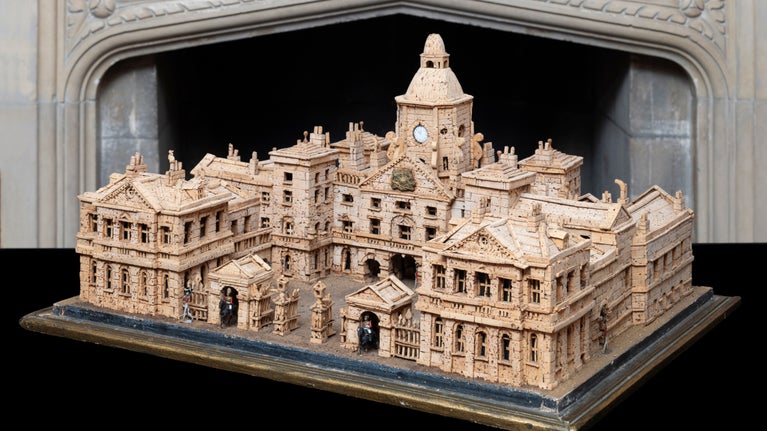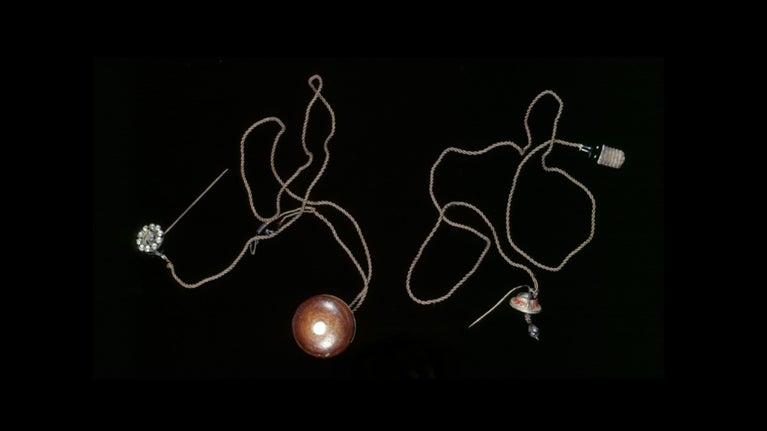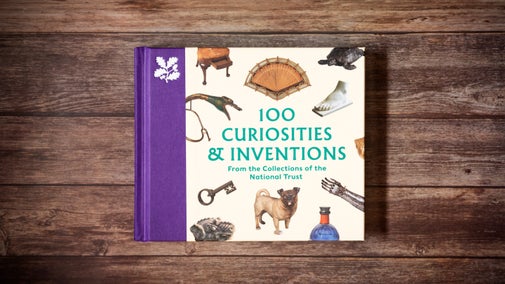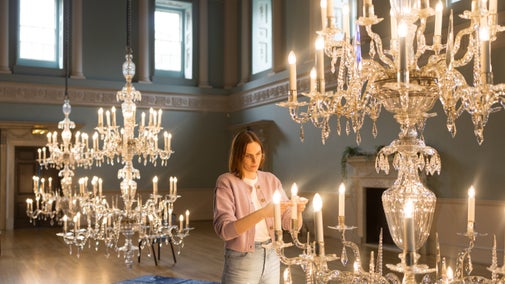
Art and collections
We care for one of the world's largest and most significant collections of art and heritage objects. Explore the highlights, our latest major exhibitions, curatorial research and more.

We care for one of the most significant collections of fine art and heritage objects in the world. Hidden within these collections are little-known but remarkable curiosities and inventions that puzzle, intrigue and enchant visitors, volunteers and staff alike. Take a look at some of the items that featured in the book 100 Curiosities and Inventions from the Collections of the National Trust.
It isn’t every day you see the Time Lord’s greatest enemy in a National Trust house. In 2018, a full-size Dalek glided into the collection at the Children’s Country House at Sudbury in Derbyshire as an example of the impact of television on childhood experiences. Daleks first appeared on screen in 1963 and were an instant hit. Over the years, these extra-terrestrial menaces made regular appearances in the BBC science-fiction television series Doctor Who, becoming a familiar feature of many childhoods.

We care for one of the world's largest and most significant collections of art and heritage objects. Explore the highlights, our latest major exhibitions, curatorial research and more.
Discover more curiosities and inventions hidden within the collections in our care in our new book, 100 Curiosities and Inventions from the Collections of the National Trust by Assistant Curator Katie Knowles.

Discover the stories behind some of the greatest artworks and artefacts looked after by the National Trust, as told in a dedicated book, 125 Treasures from the Collections of the National Trust.

Find out how your support helps us look after the past, from conserving historic buildings to revealing archaeological sites and supporting urban heritage projects.
